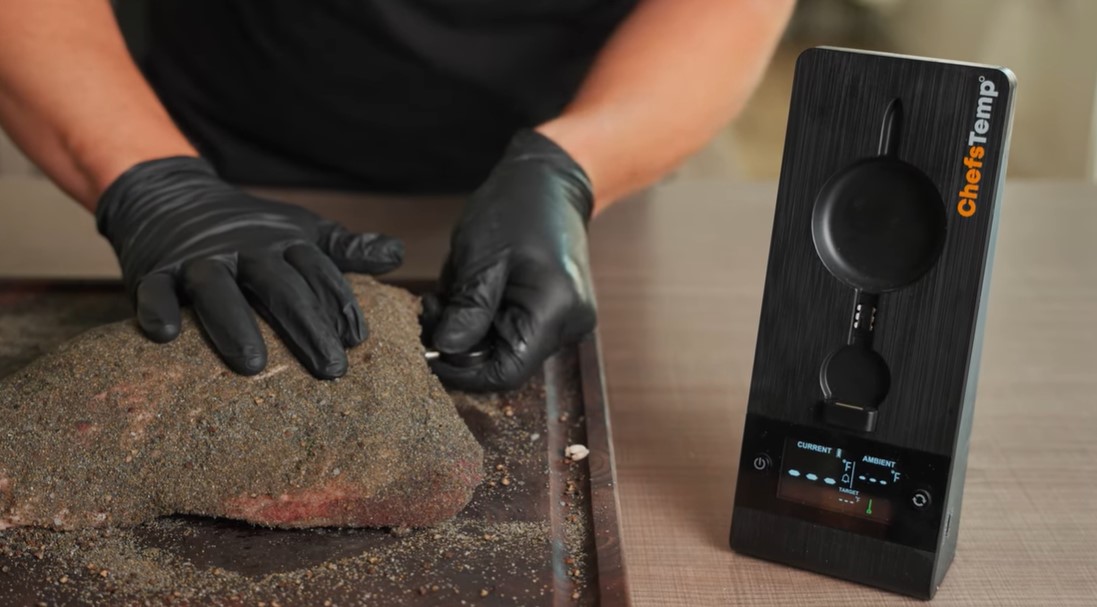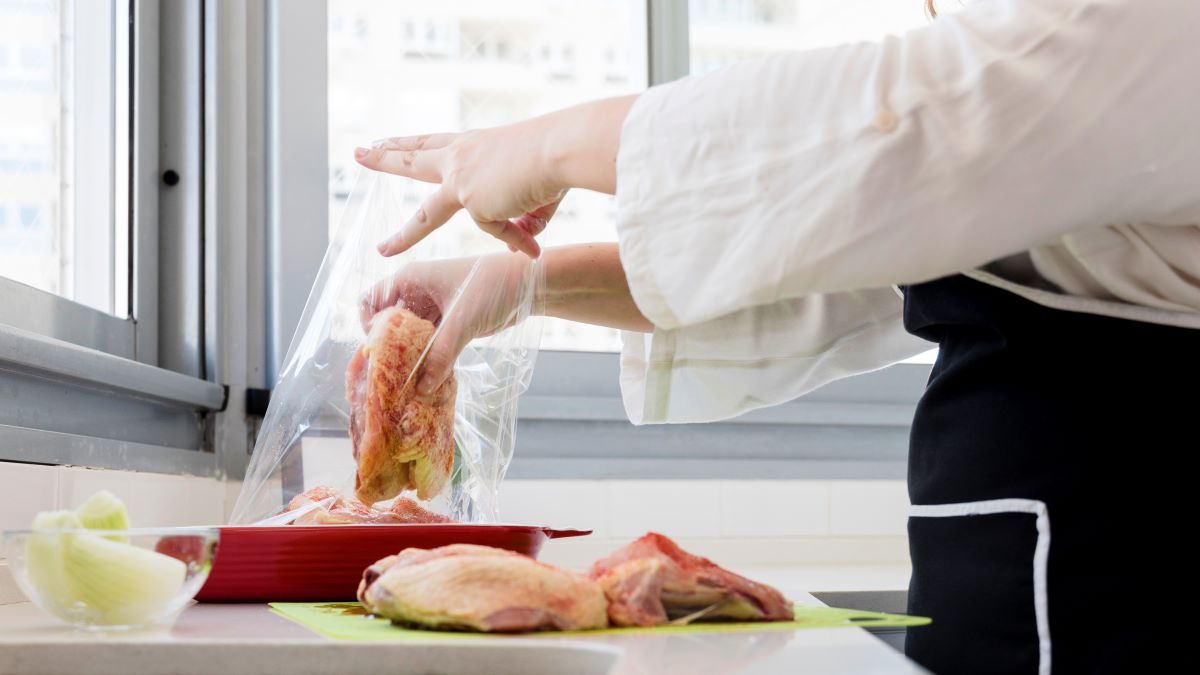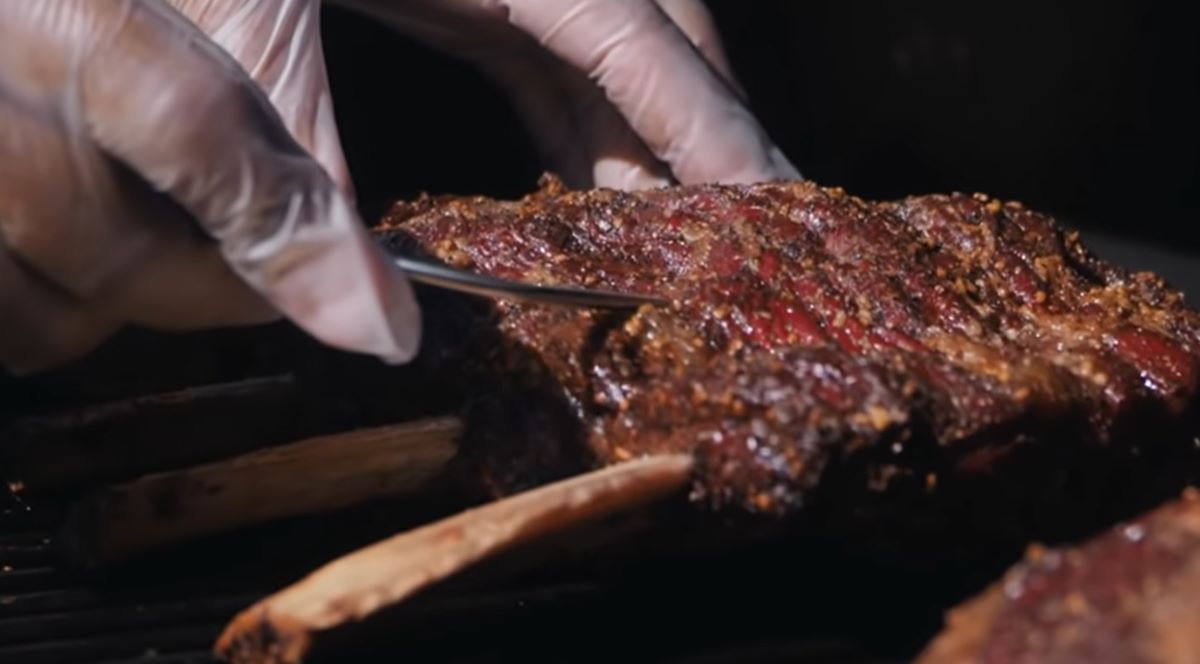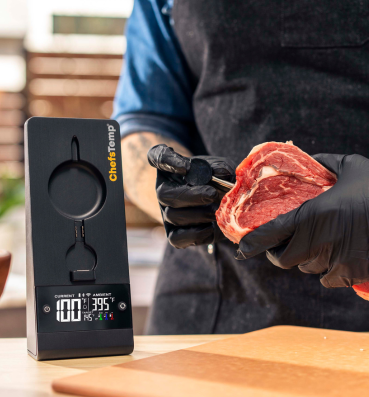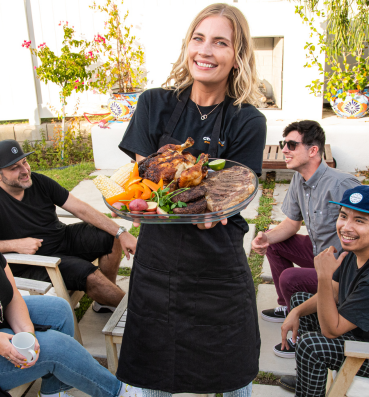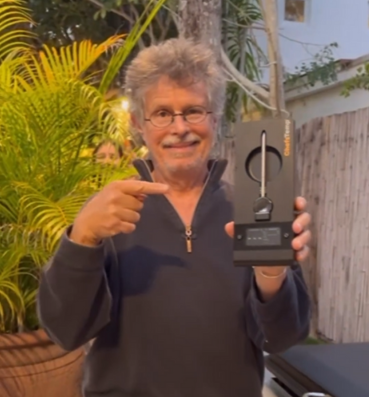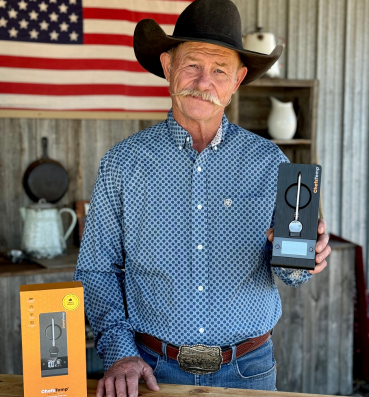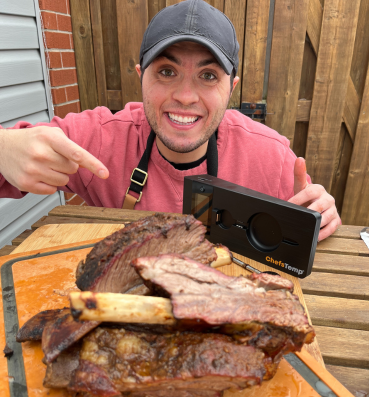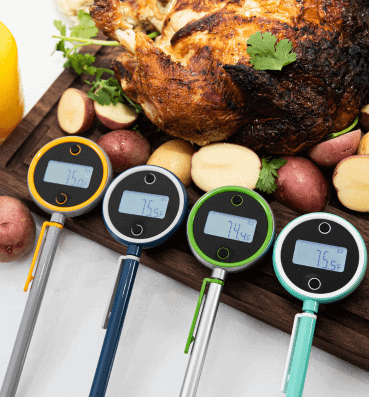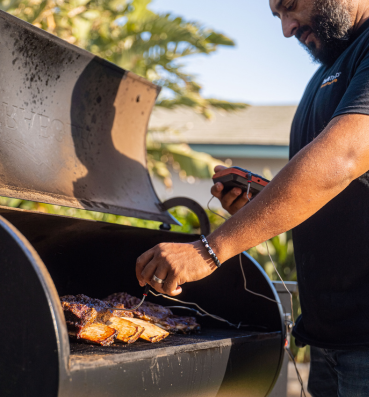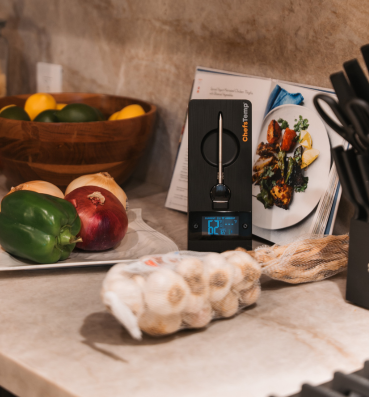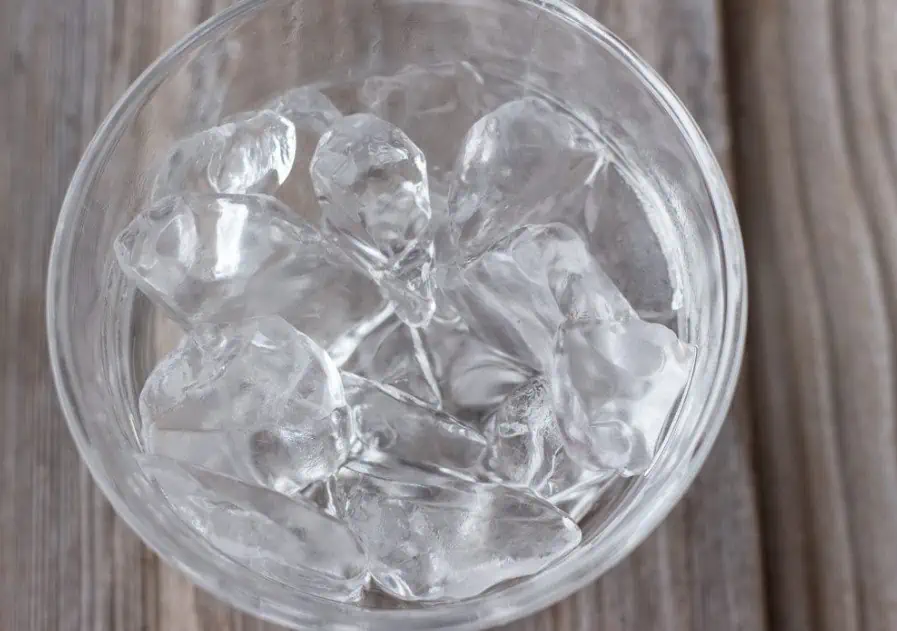
Accurate Cooking Temperatures: 5 Mistakes to Avoid in the Thermometer Calibration Process
Any cook, professional or not, must understand the importance of getting the correct temperature to ensure food is safe. The cooking process helps the food or meat reach the ideal internal temperature that kills harmful bacteria or microorganisms. If the bacteria aren’t killed, it could lead to various food borne illnesses. Therefore, thermometer calibration ensures that you cook food at the correct temperature. Calibration is the process of checking the accuracy of the thermometer.
Various factors can affect the accuracy of a thermometer. Therefore, it’s not enough to choose the proper calibration process. You must also be aware of the common thermometer calibration mistakes that could affect the performance of this essential kitchen tool. Learn about the five common mistakes you should avoid to get accurate cooking temperatures.
Table of Contents
5 Common Mistakes in Thermometer Calibration
Thermometer calibration is necessary to get the best and most accurate temperature readings. Ensure you get the best results by avoiding these common mistakes.
1. Not Using an Ice Bath
Not using an ice bath is one of the most common mistakes during thermometer calibration. An ice bath is a simple yet effective method for calibrating thermometers that don’t require special equipment. It involves mixing ice and water and mixing them thoroughly to ensure an even temperature for the water. Then, you must insert the thermometer into the ice bath while ensuring the sensing area is submerged in the iced water.
Within a few minutes, the thermometer should read zero degrees Celsius. If it does not, you should adjust the thermometer accordingly. You must perform this test to ensure your thermometer can accurately read food temperatures. If not, it could be a serious health hazard.
You need to use the ice bath testing method to tell if the thermometer is reading higher or lower than it should.
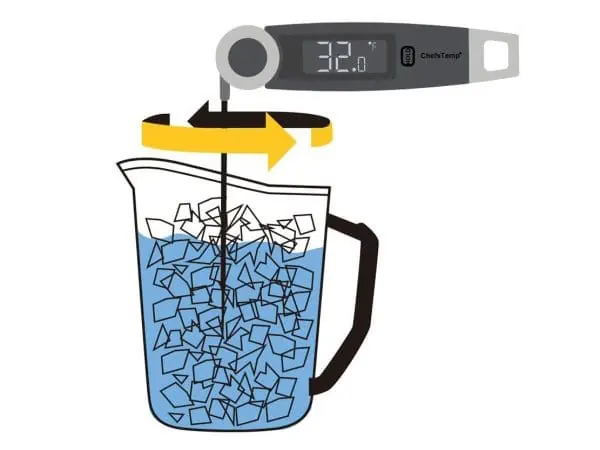
2. Not Using Boiling Water
Another common mistake in thermometer calibration is not using the boiling water method. While the ice bath method checks the accuracy of the thermometer’s ability to read the freezing temperature, this test is for testing the boiling temperature. You need to use this method to calibrate the thermometer and ensure that it consistently reads the boiling temperature of the water. However, this one is trickier because altitude variations can cause varying temperatures for boiling water. Make sure to take that into account when you are calibrating your thermometer using the boiling water method.
Always wait for the water to reach a rolling boil before you immerse the thermometer in it. It should read 100 degrees Celsius. If not, you have to calibrate the thermometer properly because it won’t be showing an accurate reading.
It is an essential step if your cooking requires that you use precise temperature levels, such as sous vide or candy making. Even if you are lower by a degree or two, you won’t produce your desired cooking results.
3. Not Allowing the Thermometer to Stabilize
Even if you use the correct method for calibrating the thermometer, it could lead to an inconsistent result or reading if you don’t give it enough time to stabilize. In addition, temperature fluctuations can cause the thermometer to deliver inaccurate readings. Therefore, you should expose the thermometer to the elements for at least a minute or two to give it time to adjust to the temperature.
You must allow the thermometer reading to stabilize to avoid ending up with inaccurate readings. The ideal time to submerge the thermometer to get a proper reading is from at least 30 seconds up to a minute. But it varies according to the type of food you’re measuring!
To be safe, let the thermometer sit for a while before taking it out and checking the reading.
4. Not Calibrating Regularly
One of the common mistakes that people make in the thermometer calibration process is not performing regular calibration. Consistent wear and tear and other factors can affect the thermometer’s performance and ability to read temperatures accurately. In addition, these factors can cause the calibration to drift over time.
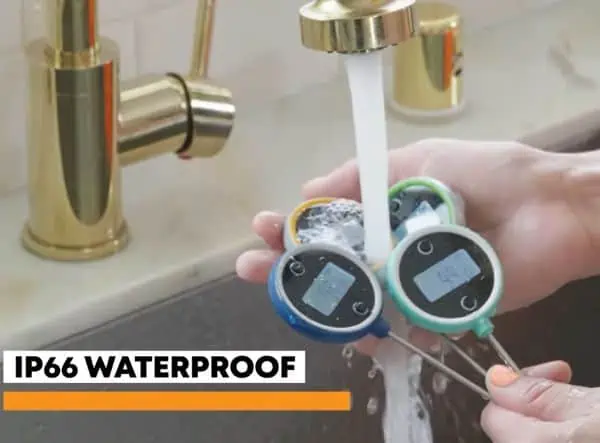
There are a few things to remember to determine the frequency of thermometer calibration. If you are not using thermometers frequently, they must be calibrated regularly to ensure all parts work and can read temperatures correctly. Ideally, you must calibrate your thermometer once a month. But if you use it frequently, you must calibrate it more often, especially after dropping it.
There is no harm in calibrating your thermometer often. However, it’s encouraged to ensure that the thermometer works as it should.
5. Not Properly Cleaning the Thermometer
When was the last time you cleaned your kitchen thermometer? If you haven’t, it’s time to clean it because it can also affect how accurately (or not) it reads temperature.
Proper cleaning is essential in maintaining the accuracy of your kitchen thermometer. Food residue and other particles can build up in the sensing area, affecting its ability to read the temperature. Cleaning the thermometer can help remove debris and ensure the sensing area is working correctly.
It’s easy to clean a thermometer by washing it with warm, soapy water. First, thoroughly rinse the thermometer and sanitize it with a water and vinegar mixture (use one part vinegar and three parts water).
Cleaning your thermometer is crucial not only for getting accurate temperature readings. It is also a critical sanitation step to avoid cross-contamination while cooking, especially when you insert the thermometer into the meat. Cross-contamination can also lead to various food borne illnesses, which you can prevent by diligently cleaning this kitchen tool.
Conclusion
Accurate cooking temperatures are a must when cooking. A reliable thermometer is the best way to ensure that your food is cooked correctly and is safe.
Take note of the five common mistakes when doing thermometer calibration to ensure that you have an accurate and reliable tool. Otherwise, any inaccurate reading can give you a false sense of security in your cooking. And that could be potentially hazardous for anyone who consumes the food!
Discover more recipes and learn kitchen tricks by joining our cooking family on Facebook.
Shop now for products used in this post:
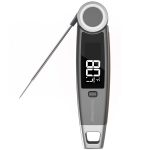
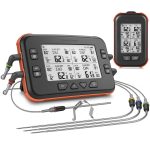
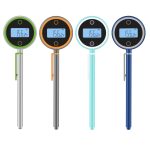
You may also like:
